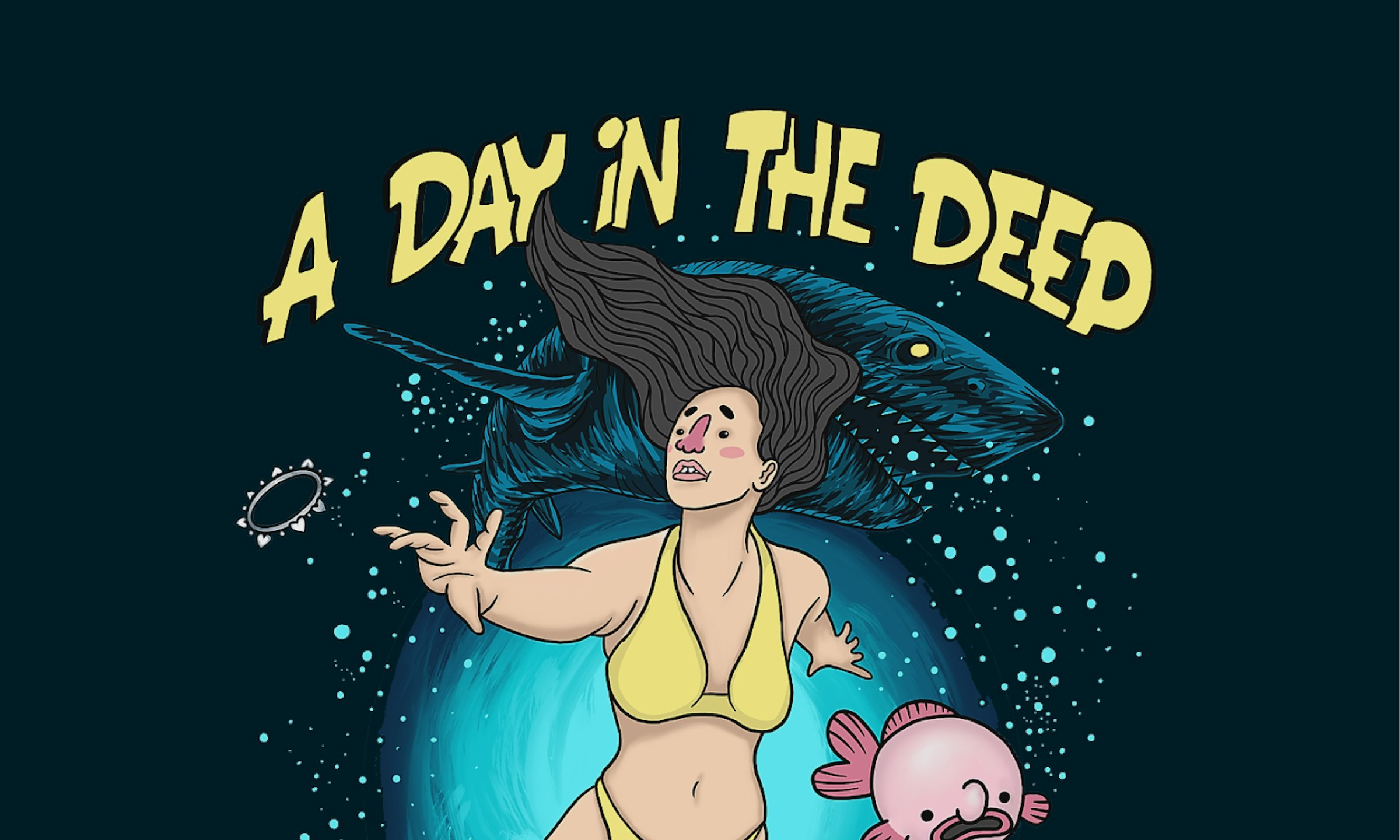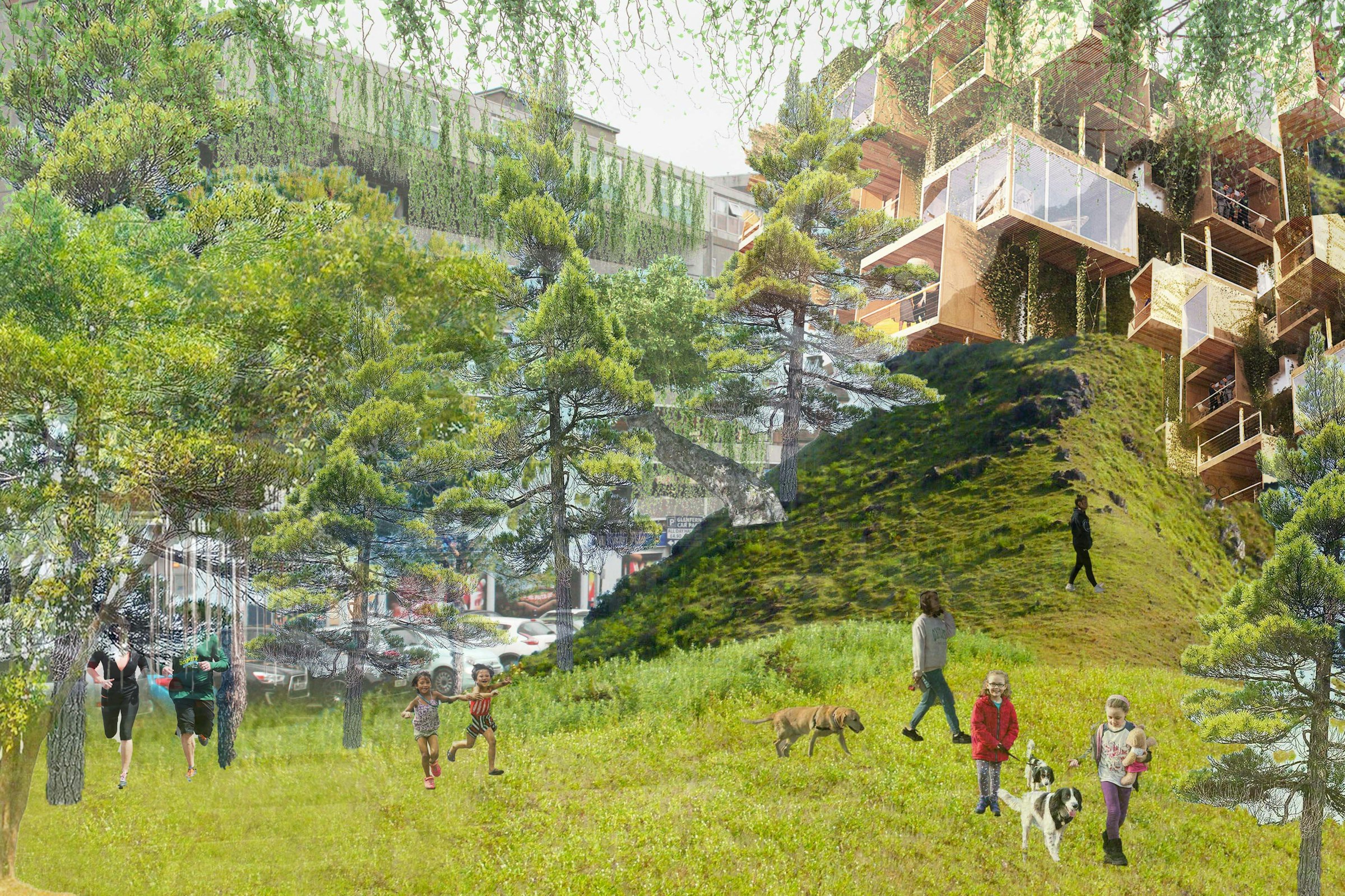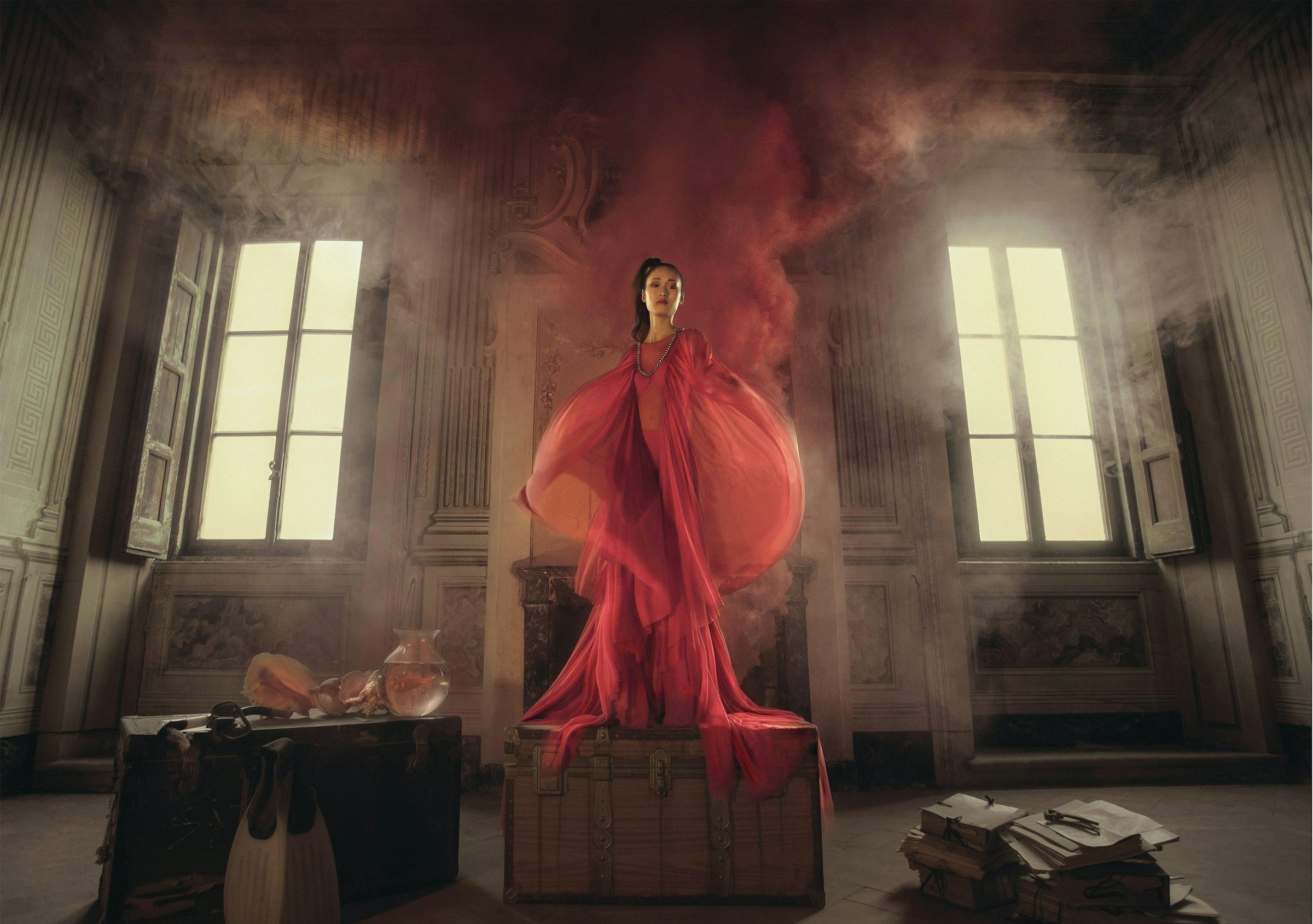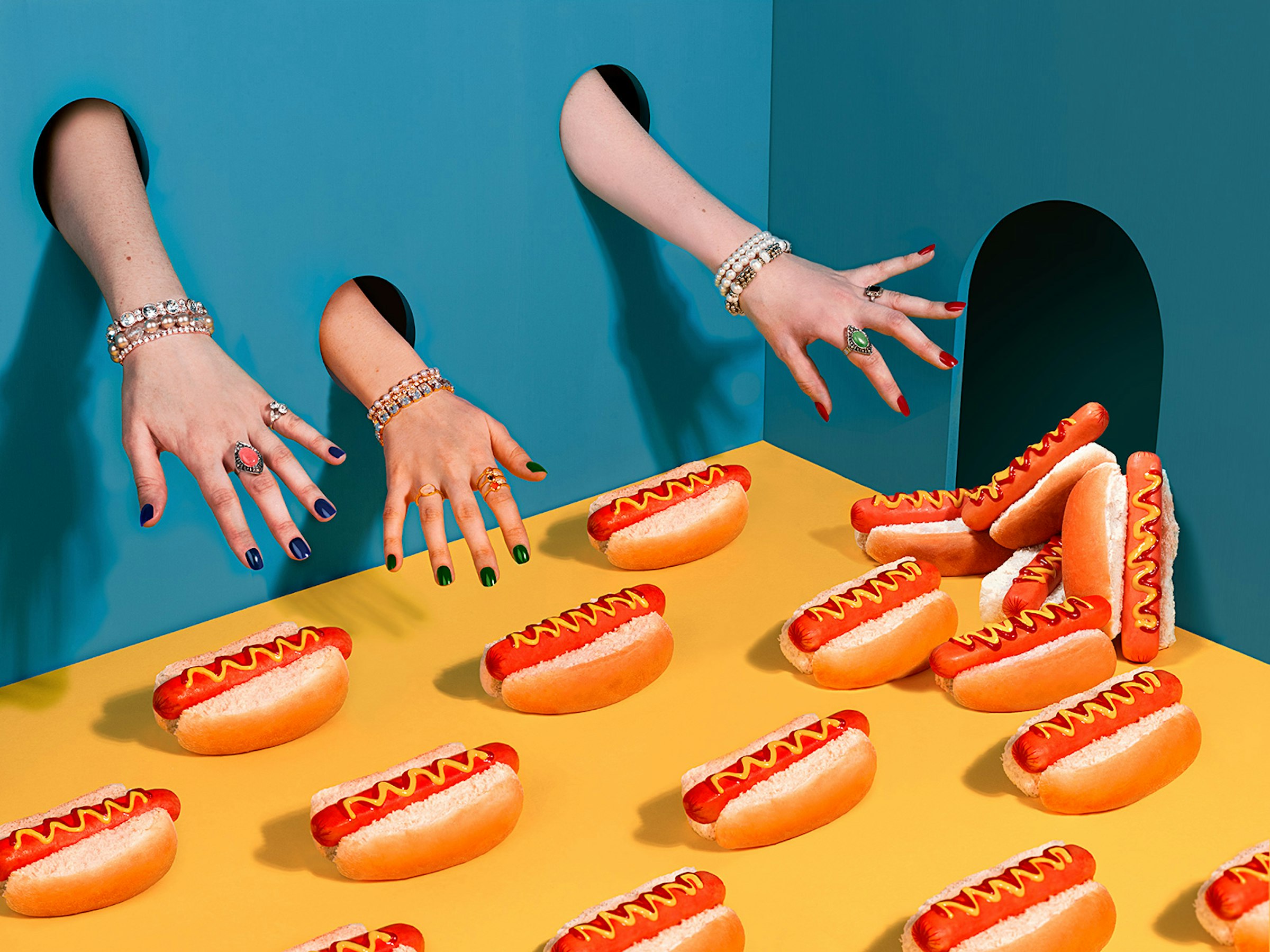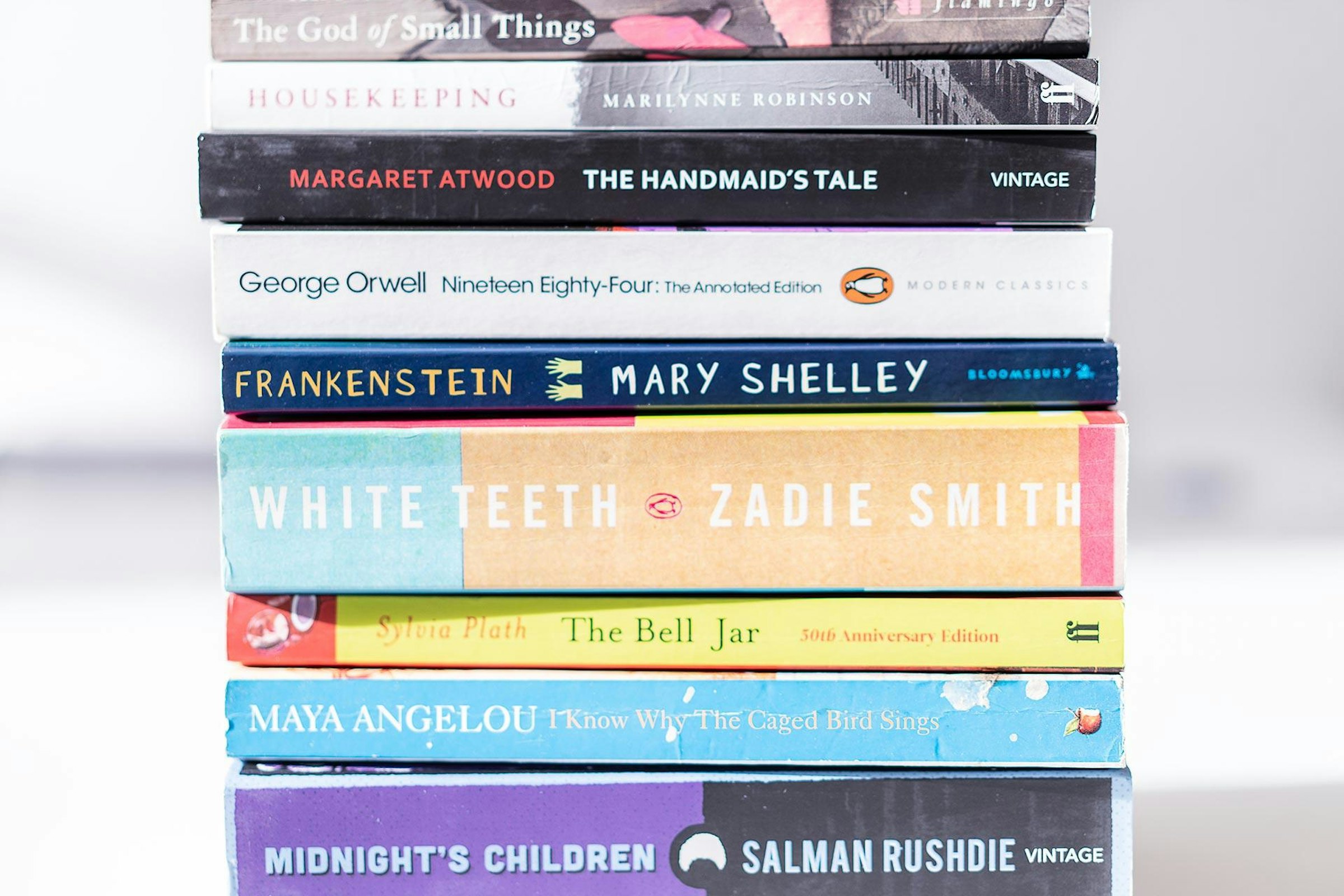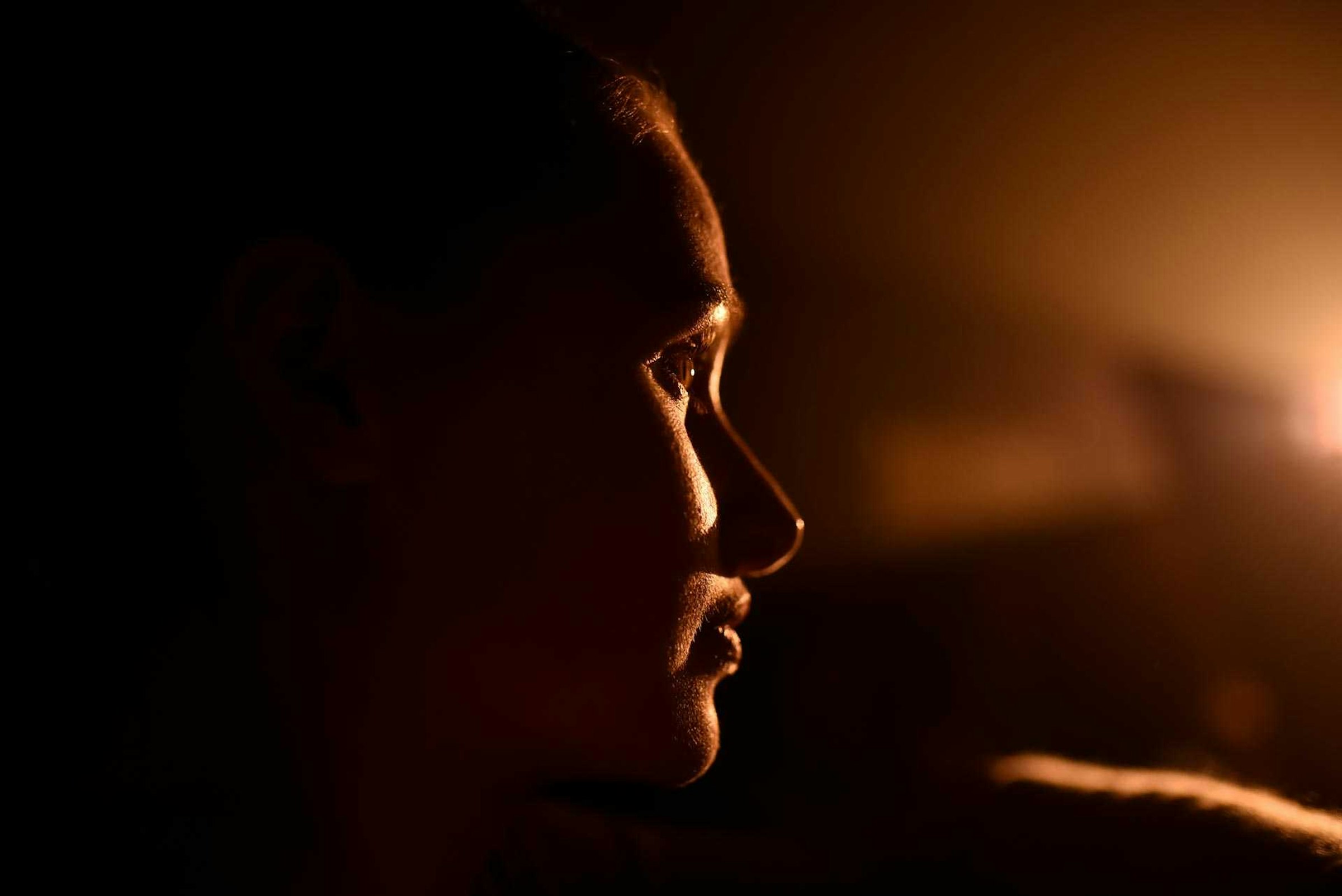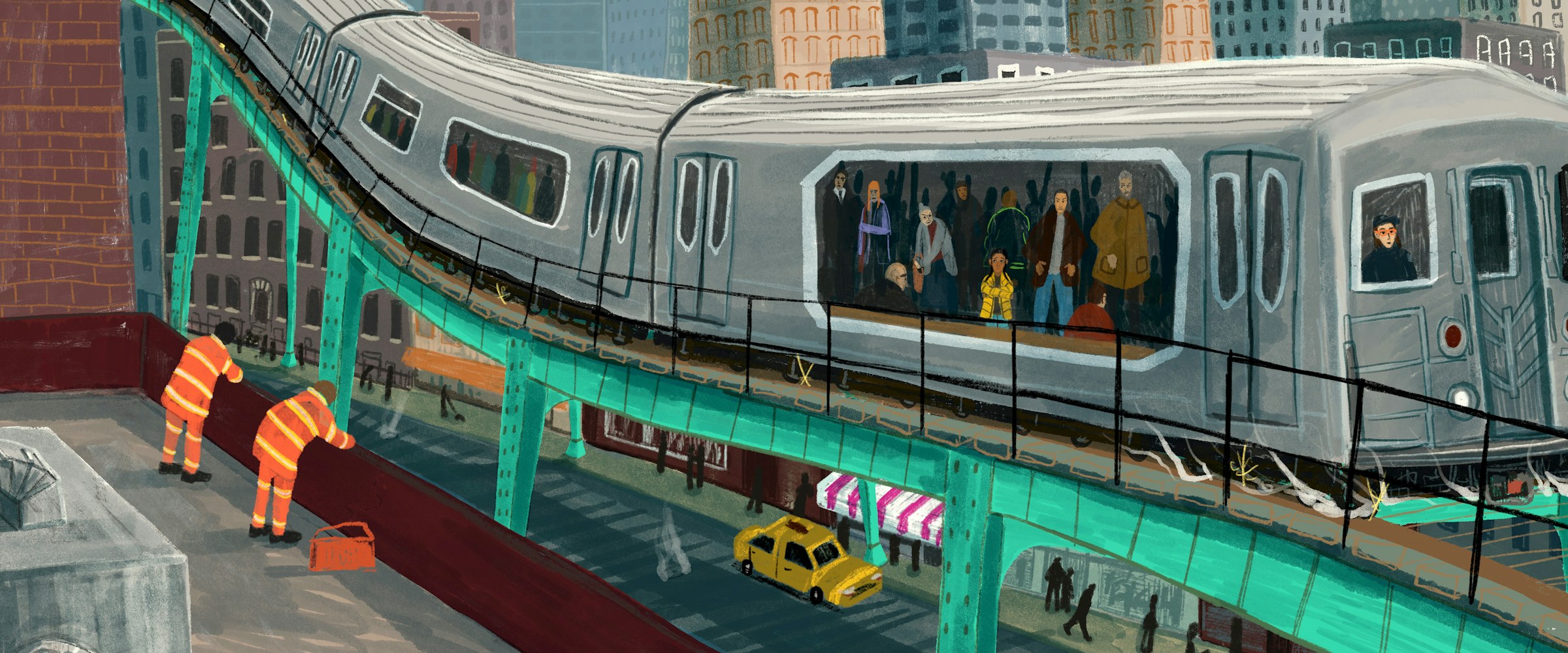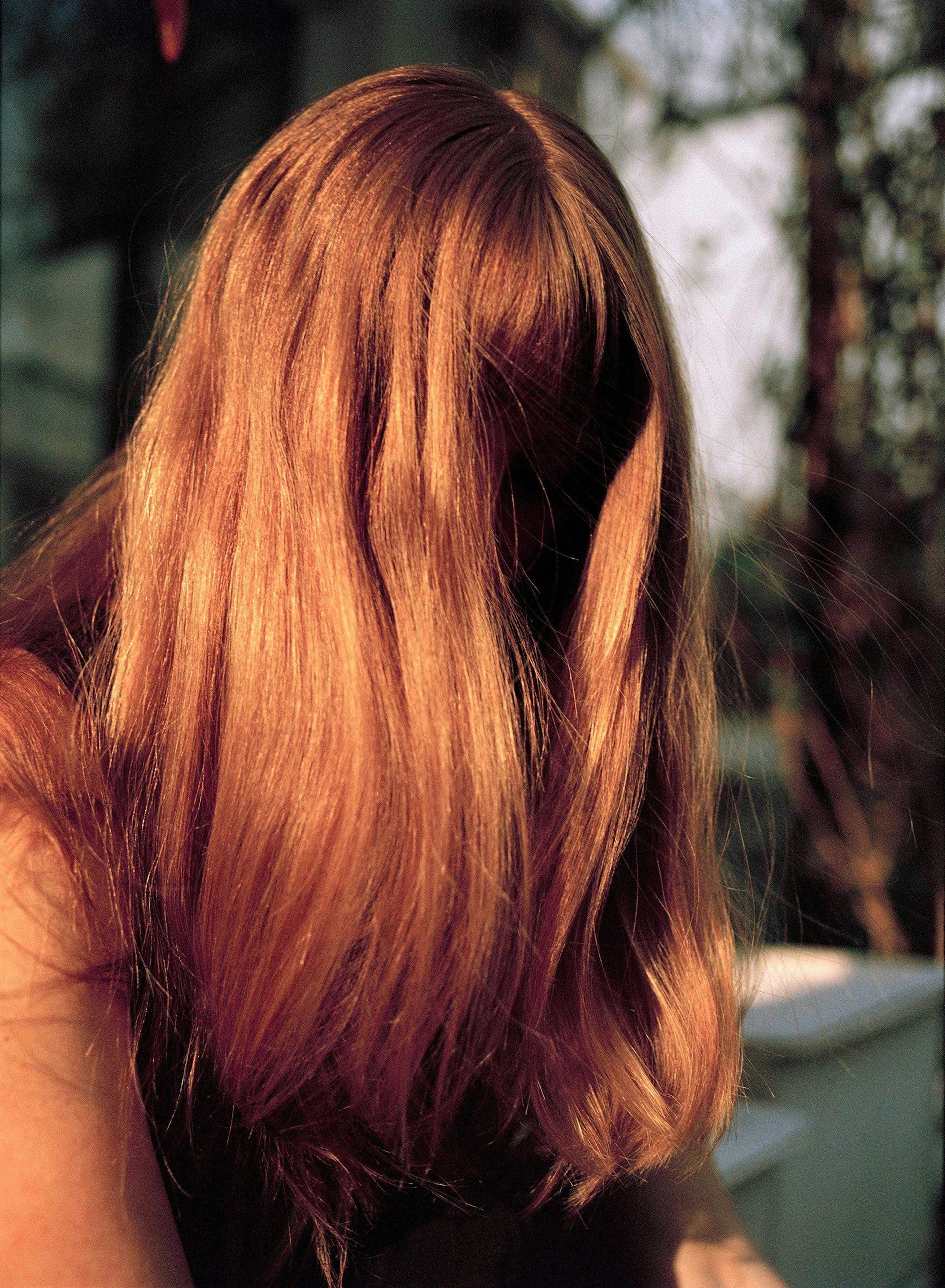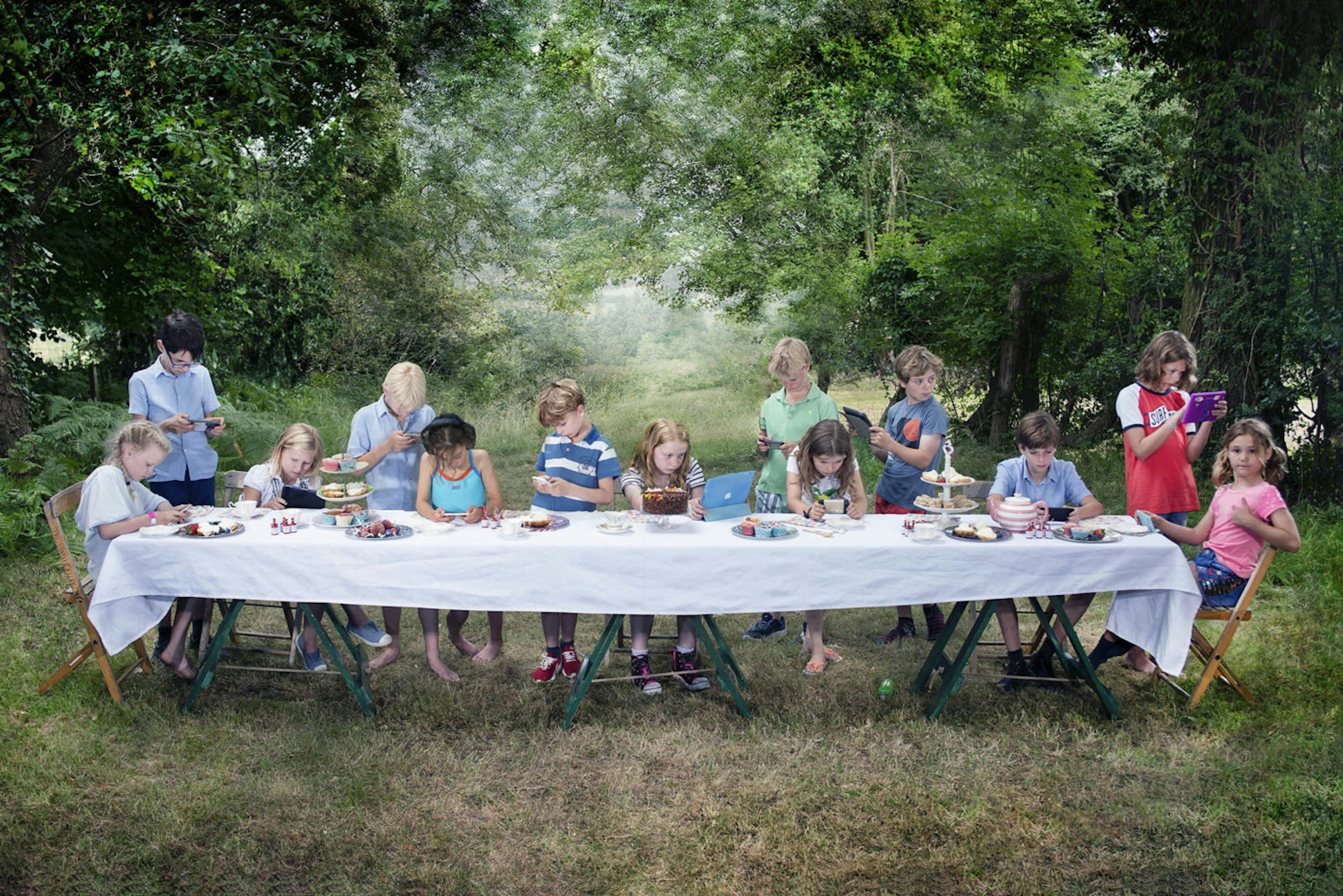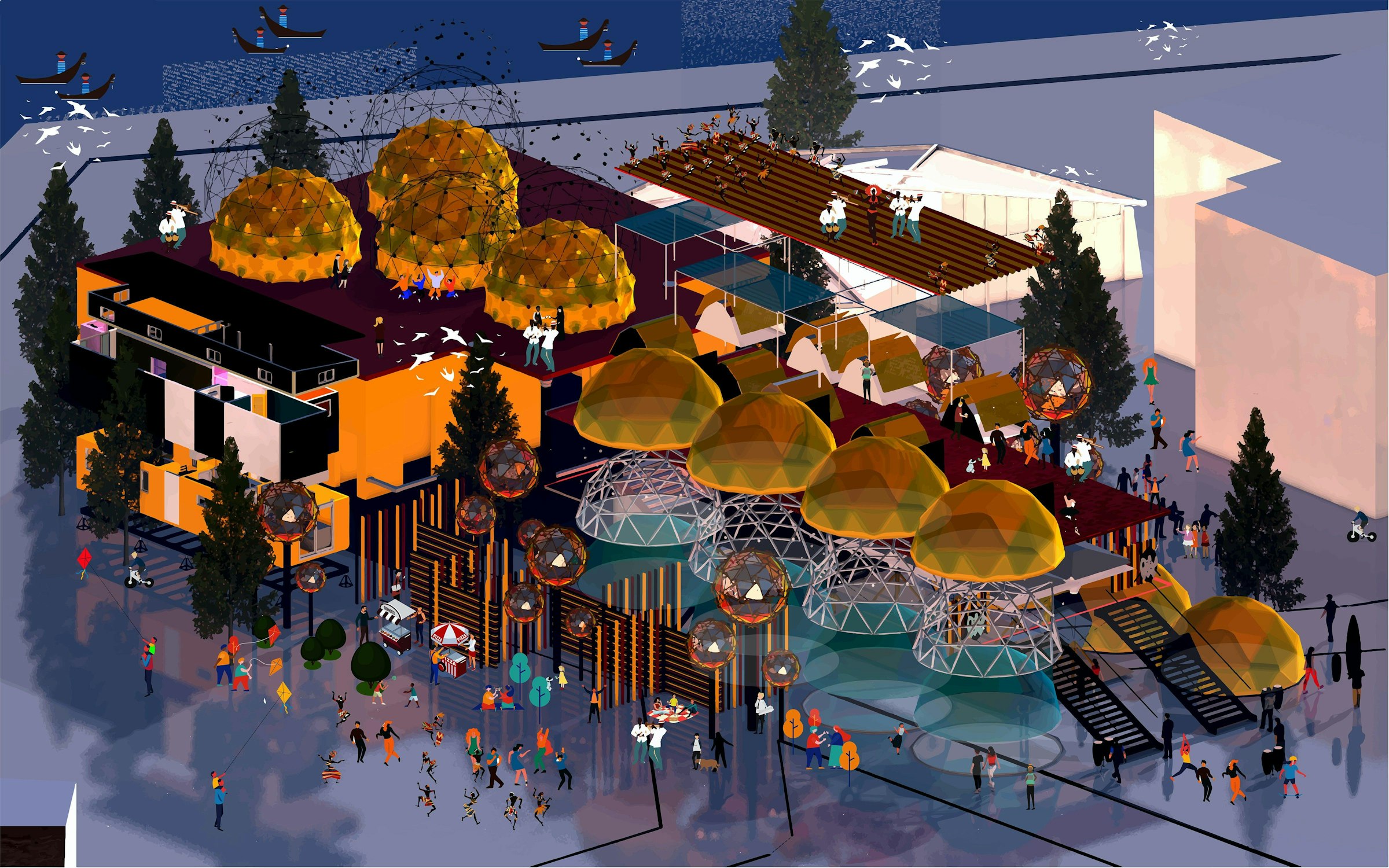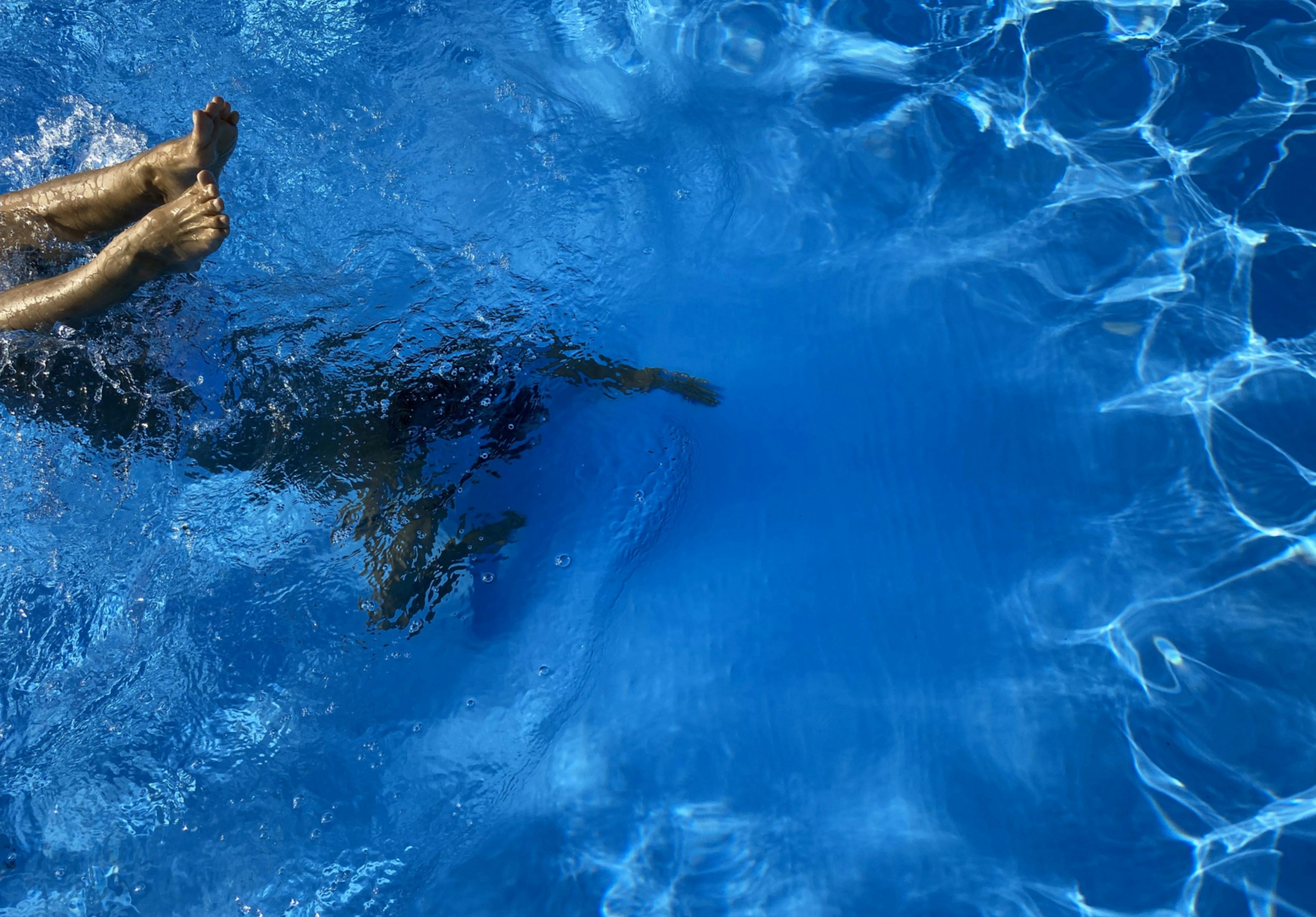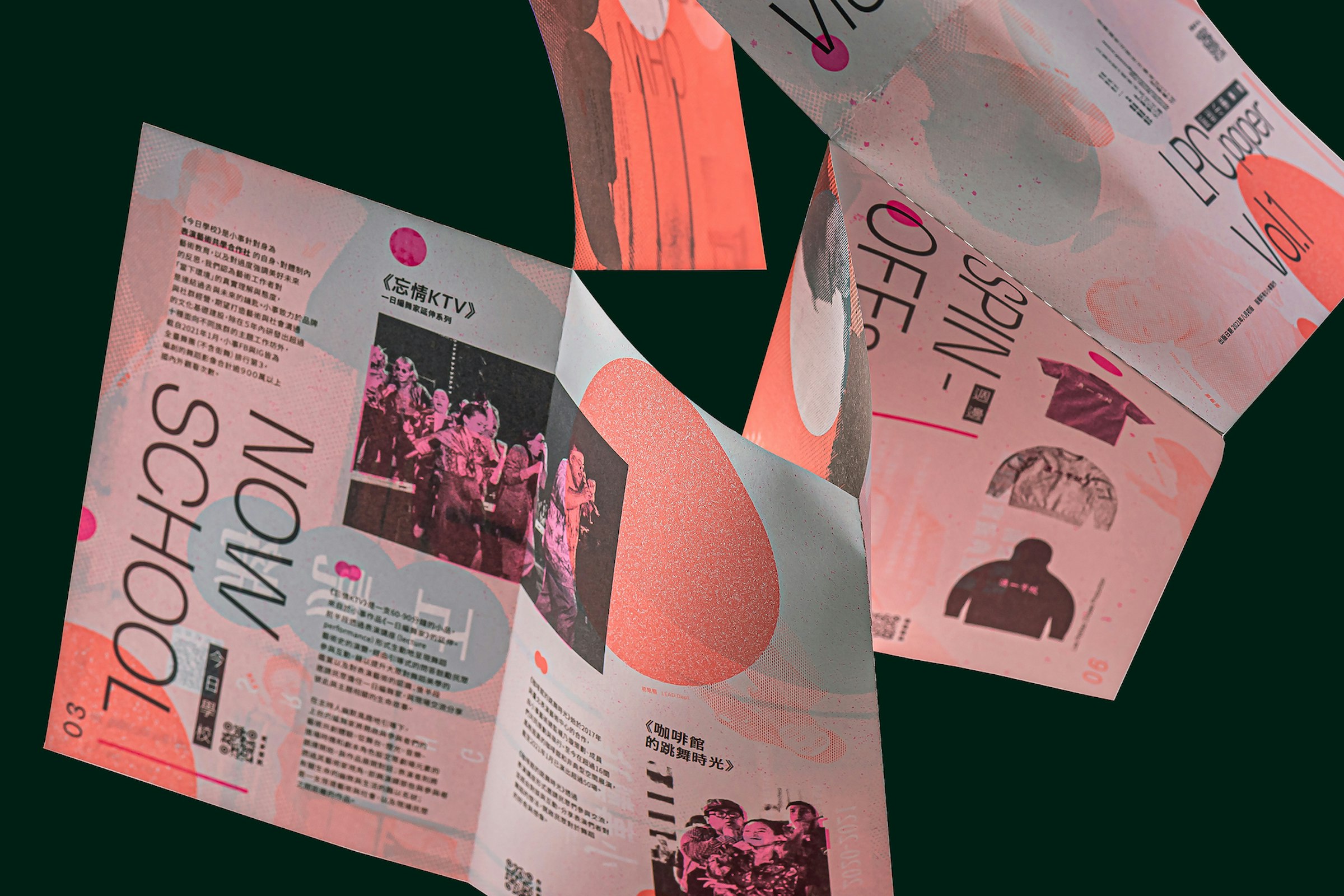- Home
- Latest
- Student Stories
- Rithvik Arun Koundinya – Exploring ungov...

Rithvik Arun Koundinya – Exploring ungoverned states through graphic design
The world is full of chaos and uncertainties, and we just co-exist in such a place. This realisation sparked an idea for Rithvik to explore the relationship between ungoverned states and chaos for his MA Graphic Design project. Inspired by the Disorder Podcast, which highlighted places where government control is absent, he sought to draw parallels between metaphors of decay and governance.
Initial inspiration and concept development
Rithvik’s interest in exploring ungoverned states began while listening to a podcast on ungovernance and chaos. The discussion about places without government control intrigued him, and he could draw parallels between the degradation seen in these states and natural decay.
How did the specific podcast episode influence your project idea?
R: The project was on primary metaphors, and comparing decomposition to the formation of ungoverned areas brought up an interesting metaphor that I wanted to explore.
This metaphor provided a unique angle for his project. He initially considered other metaphors, such as ungoverned bodies being akin to cancer, with the idea of creating a motion graphic poster where cancer spreads across the text. However, he ultimately preferred a physical approach that would resonate more deeply with viewers.
To solidify his design, Rithvik began with a digital version of the poster. This step was crucial in helping him visualise and refine his concept before moving to the physical medium.
How did you refine the concept of the ungoverned state and its visual representation throughout the project?
R: Initially, I made a digital version of the poster to help solidify my design. I had to choose the final look to create a cutout file for the laser-cutter, and I had to refine the size and shape of some parts to ensure they did not break. I also had to mark out the areas where the rust would look as thought it had completely eroded the metal, since I found out that the medium for rusting wouldn't completely dissolve parts of the metal. This way, I was able to achieve the look I needed.
Experimentation and challenges
During the design process, Rithvik focused on refining the size and shape of the parts to ensure they wouldn’t break during the cutting process. He meticulously marked areas where rust would simulate complete erosion, adding a layer of authenticity to the project.
What factors influenced your decision on the type of metal used for the laser-cutting?
R: I had only one requirement and that was to have it rust. I found steel to be the best material for rusting as it was sturdy but also easily rustable.
Walk us through the process of experimenting with the rusting liquid. What challenges did you encounter, and how did you overcome them?
R: Rusting was surprisingly easy. I just had to brush diluted hydrogen peroxide on it and let the liquid act. I created the look I wanted by choosing where the rust might have started in the visual and letting it sit for a day. It was completely done by the next day. Initially, I had assumed that metal would rust all the way through, but I realised that that would not be possible. So, I laser-cut the areas where I wanted to mimic the complete erosion.
Typography and final design
The typography for the words Governed States was a critical component of the design.
Can you describe the design of the typography for the words, "Governed States"? Was there a specific font or a custom design?
R: The letters are supposed to be completely taking over the area of the poster. This is to represent the way governments generally have complete control over a piece of land. I then created holes and erosion to show how governed states are rusting and falling apart. The metaphor is not written in the text but is depicted visually. I used a "Fit" font for the letters, with minimal changes to the type, to keep the area filled.
The final poster effectively represents the concept of ungoverned states and the metaphorical decay from rust. Initially, Rithvik added more digital effects to the design, but decided to revert to a more realistic approach. This decision underscored the authenticity of the project, ensuring that the physicality of rust and decay was accurately represented.
Were there any aspects of the result that differed from your initial vision? If so, how did they differ?
R: The biggest difference was that the entire letter form was rusted compared to my initial design, which only had part of it rusted. I also missed considering the fact that steel will inevitably rust when exposed to air over time. This has now made the entire poster permanently decay over time. This, I think, is a really great outcome that I had not expected.
Reflection and message
Reflecting on his project, Rithvik appreciated the hands-on approach over digital exploration. Working on a physical project added unique value and a true-to-life outcome that digital methods couldn’t replicate. The process of creating rust physically, as opposed to simulating it digitally, provided a more authentic and impactful representation of his concept. This hands-on approach introduced an element of randomness and unpredictability, enhancing the project's overall message.
In your opinion, what is the strongest message conveyed by the project?
R: The biggest outcome of this project is, in my opinion, the idea of governmental breakdown due to ignorance of particular areas and acts by negative organisations.
Through this project, Rithvik gained valuable insights into the importance of incorporating physical elements in graphic design. In an age dominated by digital tools, he emphasised that physical projects introduce a level of complexity and authenticity that digital methods often lack. The process of working with physical materials, such as steel and rusting agents, added a tangible and visceral quality to the project, making it stand out from typical digital creations.
Do you think the project challenged or confirmed your initial ideas about ungoverned states and their consequences?
R: The project confirmed my idea because the speed at which rusting took place was very true to the metaphor I was trying to convey.
Is there anything else you would like to add about the project's overall message or your creative journey?
R: When working in graphic design in the current age, I really feel like most of our work happens with a PC. This limits the randomness involved in complex design ideas such as this project. I would never have been able to create such a different poster if I had stuck to making a digital artwork.
In conclusion, Rithvik’s exploration of ungoverned states through graphic design is a testament to the power of metaphors and hands-on creativity. His project not only visualises the concept of ungoverned states, but also delves into the deeper implications of decay and neglect. By choosing a physical medium and embracing the unpredictability of rust, he created a compelling and thought-provoking piece that resonates with viewers on multiple levels. This project highlights the potential of graphic design to convey complex ideas and metaphors, offering a unique perspective on the consequences of ungovernance and chaos.
